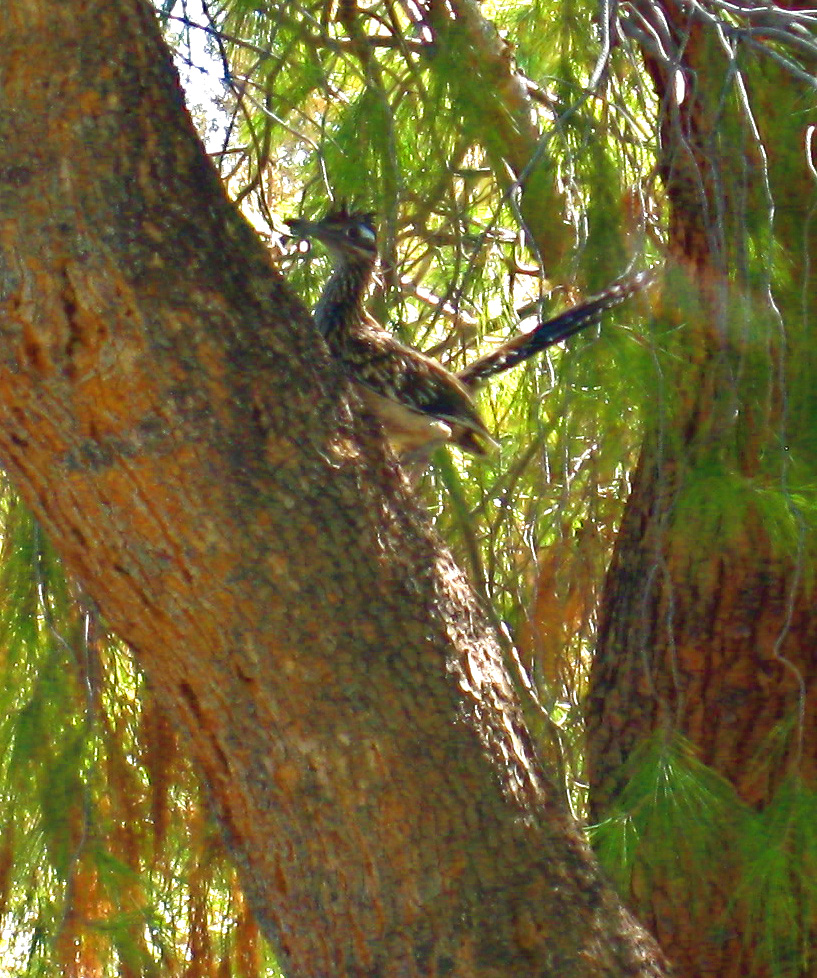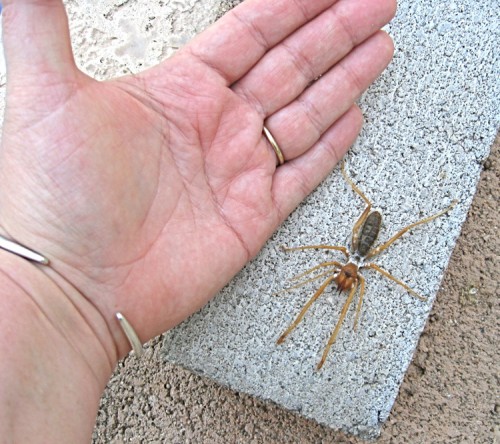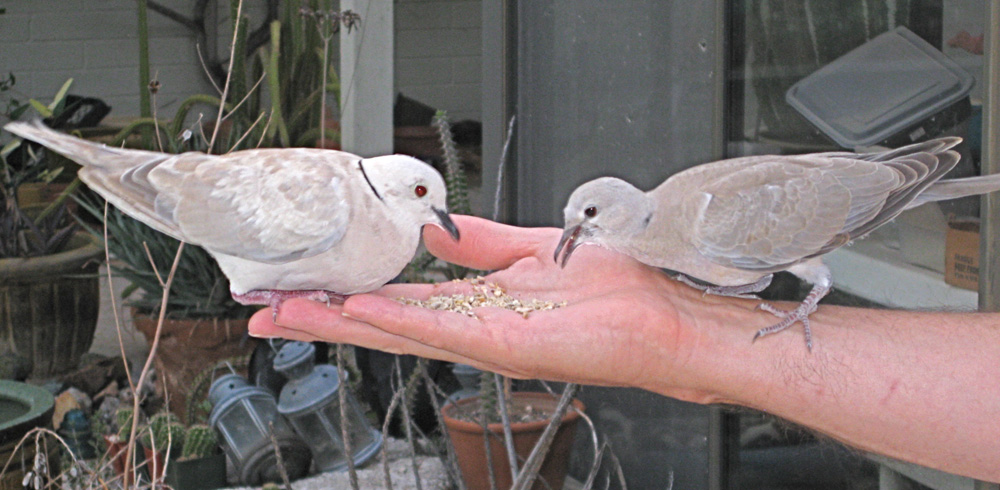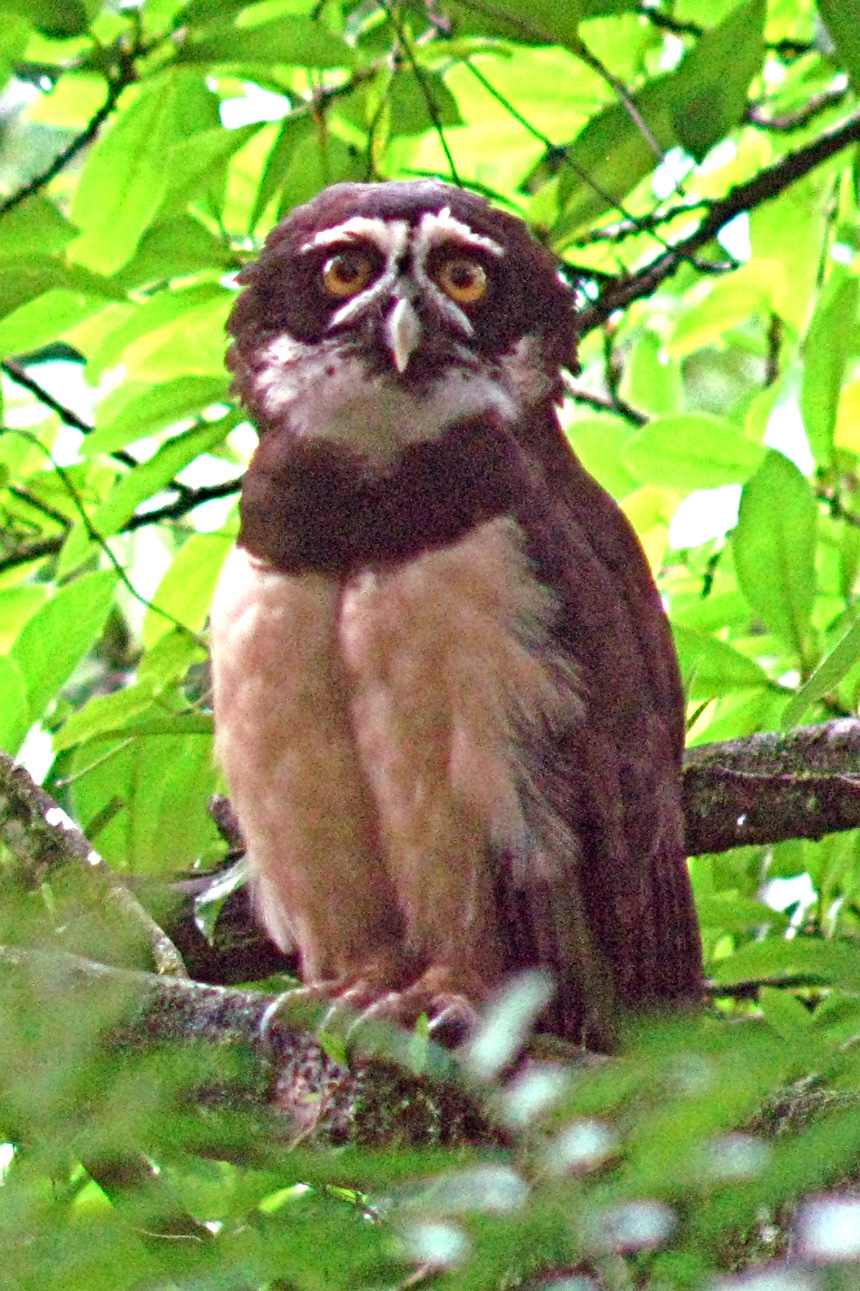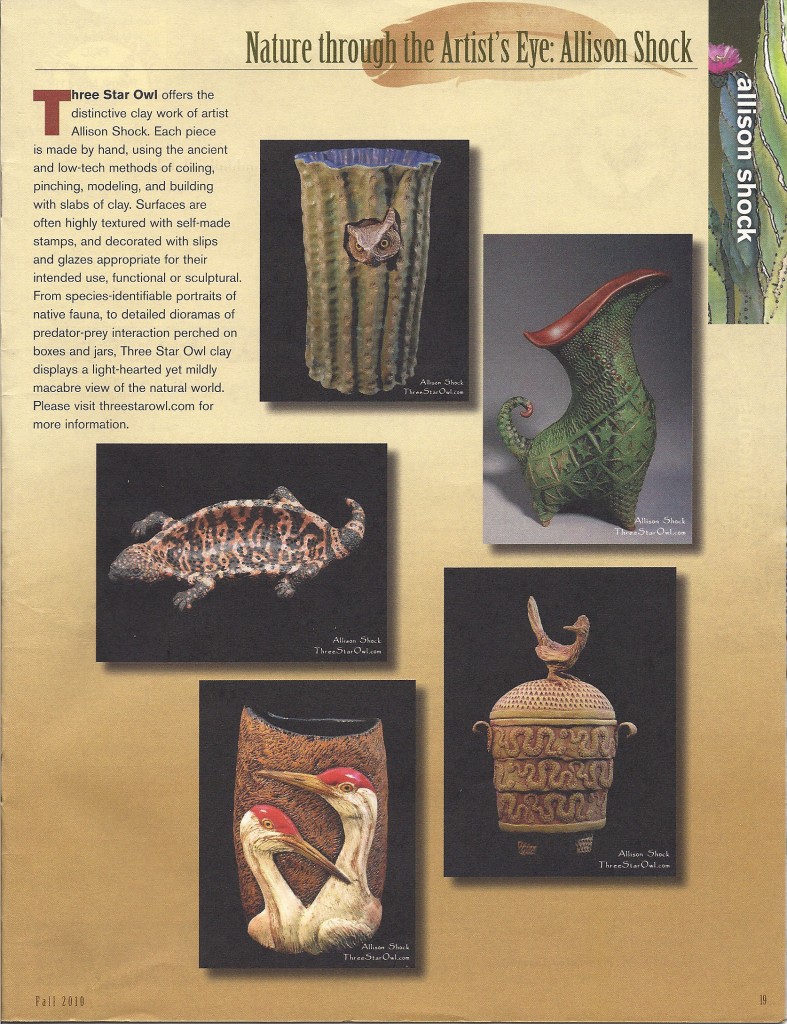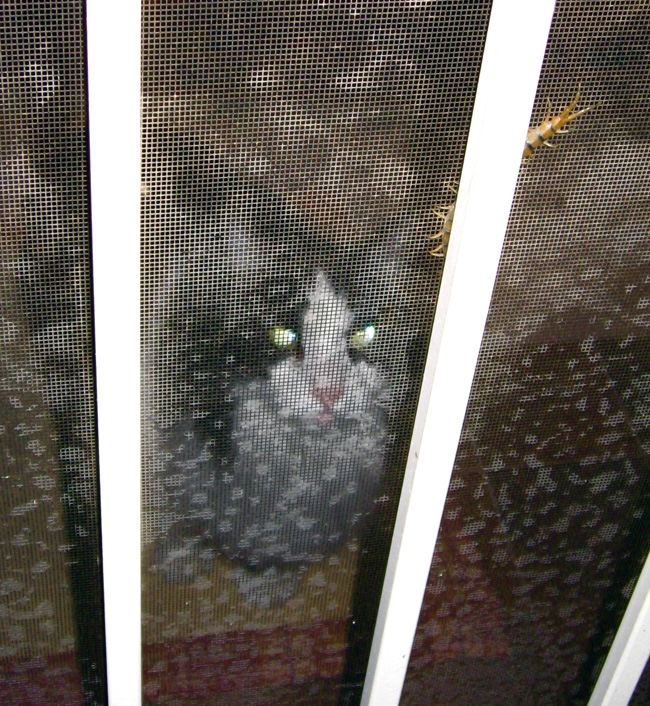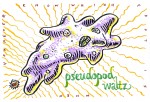 (This is the eighth and final installment in a series. To read previous episodes, click here: The Ganskopf Incident or on The Ganskopf Incident category in the sidebar to the left. The earliest posts are at the bottom, scroll down to read them chronologically from the bottom up.)
(This is the eighth and final installment in a series. To read previous episodes, click here: The Ganskopf Incident or on The Ganskopf Incident category in the sidebar to the left. The earliest posts are at the bottom, scroll down to read them chronologically from the bottom up.)
As [Danneru] turned, a little tea sloshed from his cup onto the floor, but he moved away without noticing. Miss Laguna had gone to retrieve the desired journal, and I was face to face with the fragrant artifact…
Realizing that this was a piece I wouldn’t have another chance to see, let alone draw, I sketched carefully but fast. Also, Dr. Danneru was watching me work, which I found moderately irritating. After Miss Laguna had brought the dull green journal he’d requested, instead of reading it, he’d put his mostly full mug of tea on the table nearby and unexpectedly settled himself in the chair next to me, a little too close for perfect ease. Periodically he’d make a small sound of enlightenment, and jot something down on his notes, but mostly he watched my drawing progress. Ignoring this scrutiny, I kept working, adding detail and shading, building up volume and trying to capture the translucence of the little figurine.
The scholar’s proximity proved to be useful, however. At one point I paused as I detailed the lower edge of the piece, not knowing how to proceed without referring to the underside of the small figure, which I couldn’t see, or touch to turn over. Dr. Danneru noticed my hesitation, and after checking Miss Laguna’s whereabouts he reached out, criminally barehanded, and gently rolled the piece onto its back on the padded tray. Afterwards, the guilty fingertip brushed his lip in a conspiratorial request for silence, which I had no intention of breaking.
Before long I was through, and stood back to check my drawn work against its source object: a visual proof-reading, making certain I’d placed on the paper all the information needed to transmit the form and spirit of the spectacular little figure successfully to a hypothetical viewer who would never see the original object. Dr. Danneru stood, too. “Satisfied?” he asked, regarding me obliquely. I nodded, and he summoned Miss Laguna, who came over directly. She seemed relieved to be putting the item away; I suspected she didn’t feel quite right about the “irregularity” of letting me draw the piece, even sanctioned by Dr. Danneru’s haughty authority.
Satisfied? It was an unusual choice of words, but I was satisfied: in my sketch I’d captured both the precision of the artisan’s work, and the vivid imagery carved in the fragrant tree-gem. I’ve included the finished rendering here, since I think that the drawing will give a better idea of the remarkable piece than my words could.
a better idea of the remarkable piece than my words could.
As I finished, it was just nine o’clock, closing time. Out in the main reading room, the janitor was pushing a drymop around the chairs, shoving each one in tidily after she cleaned under it. The thick glass that separated the main room from Special Collections muted the skid of the chairs’ heavy wooden feet on the linoleum floor. The janitor was nodding her head rhythmically to music we couldn’t hear, coming from an aged radio perched on top of her supplies cart. The security guard smiled and said something, and she smiled too and kept dipping her head and guiding the broom. On our cloistered side of the glass, Miss Laguna, Ganskopf Special Collections Librarian, still pristine-fingered in her purple non-latex gloves, took up the tray with the small amber sculpture on it, to nestle it safely in its climate-stabilized, fire-proofed, motion-detectored, authorized personnel only, pest-free drawer in Secured Stacks.
As she passed me, she stepped in the small pool of contraband tea spilled earlier by Dr. Danneru.
The Ganskopf Foundation is an august and well-funded institution, its seasoned custodial staff diligent and conscientious. Each week without fail they buff the Library’s venerable linoleum to a waxy gleam, imparting to its smooth surface an elegant sheen.
In an instant the librarian’s foot slipped from under her, and her hands involuntarily jerked upward, still clutching the tray. While we watched helplessly, the precious object launched straight into the air over our heads, turning over and over – each turn in its tumbling arc seemingly lasting an eon – then it plunged back down from its height. Suddenly spry, Dr. Danneru lunged forward, palm outstretched, but I was in his path, and we collided. I crashed hard into the heavy wooden table, which lurched, sloshing a warm wave of tea from the mug, drenching my soluble sketch.
The plummeting object actually brushed his reaching fingertips, but this barely altered its descent. I heard someone swear loudly – I don’t know which of us did – loudly enough so that through the glass I saw the janitor turn, her mouth open, catching sight of the commotion. Then I heard the sound of bright amber shattering, brittle against old linoleum.
Then silence.
Ribs aching, I pushed myself off the table and stared. Amber was everywhere – liquid amber tea soaking the white paper and umber lines I’d drawn; the scholar’s shocked amber eyes open wide above a wrist 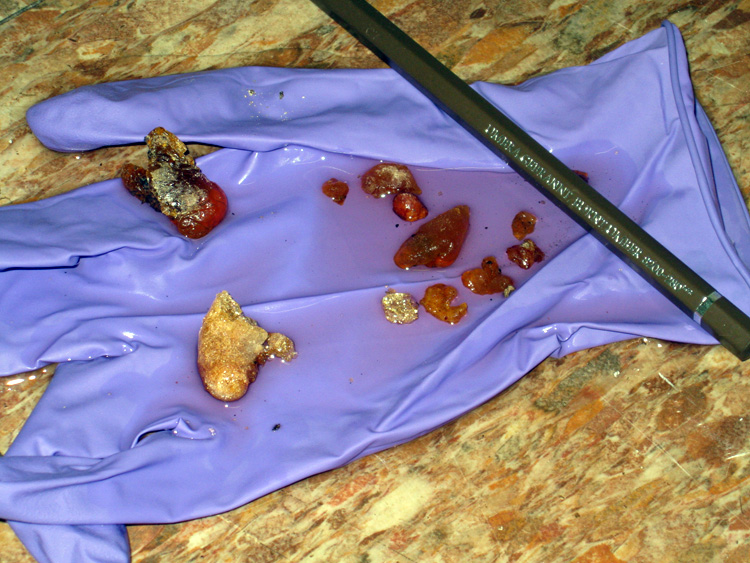 pressed ineffectually against his mouth; glittering fragments of amber sprayed across the floor; shivered amber spangling Miss Laguna’s dark skirt and shoes where she sprawled among the fragrant shards, cradling one arm.
pressed ineffectually against his mouth; glittering fragments of amber sprayed across the floor; shivered amber spangling Miss Laguna’s dark skirt and shoes where she sprawled among the fragrant shards, cradling one arm.
“Leyla, are you all right?” Dr. Danneru asked, bending towards her, hands outstretched. The librarian shook her head, then nodded, then shook her head again; she looked angry, and her cheeks were wet. He helped her up, their shoes crunching amber grit. It seemed as if the scholar wasn’t concerned about trying to recover what was left of the object he’d just been studying so minutely, so intimately. It was me, the non-expert, kneeling on the floor meticulously collecting shards, carefully trying to gather them up, keep them together. Dr. Danneru told me, “Leave it.” I looked up. He said quietly, “That’s what conservation departments are for.”
It was at this point that the security guard, alerted by the janitor, tardily burst into the room. Absurdly, his hand was hovering over his sidearm, in case shooting was called for. “Is everything all right in here?” he asked.
No one said a thing.
__________________________________________________________________
(stay tuned for the Epilogue to the Ganskopf Incident)
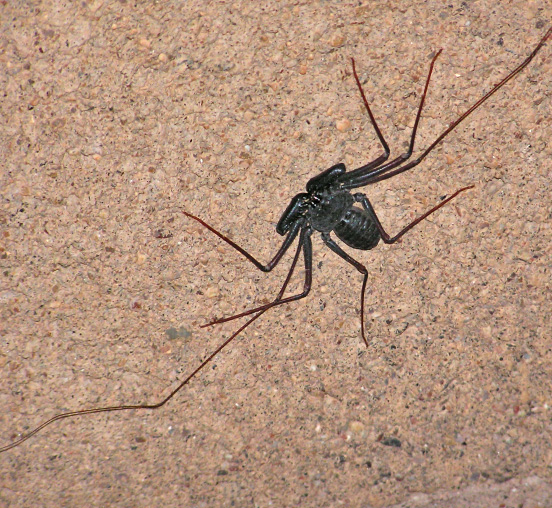 The other six legs (as an arachnid, it’s got 8 altogether) are used for scuttling about.
The other six legs (as an arachnid, it’s got 8 altogether) are used for scuttling about.
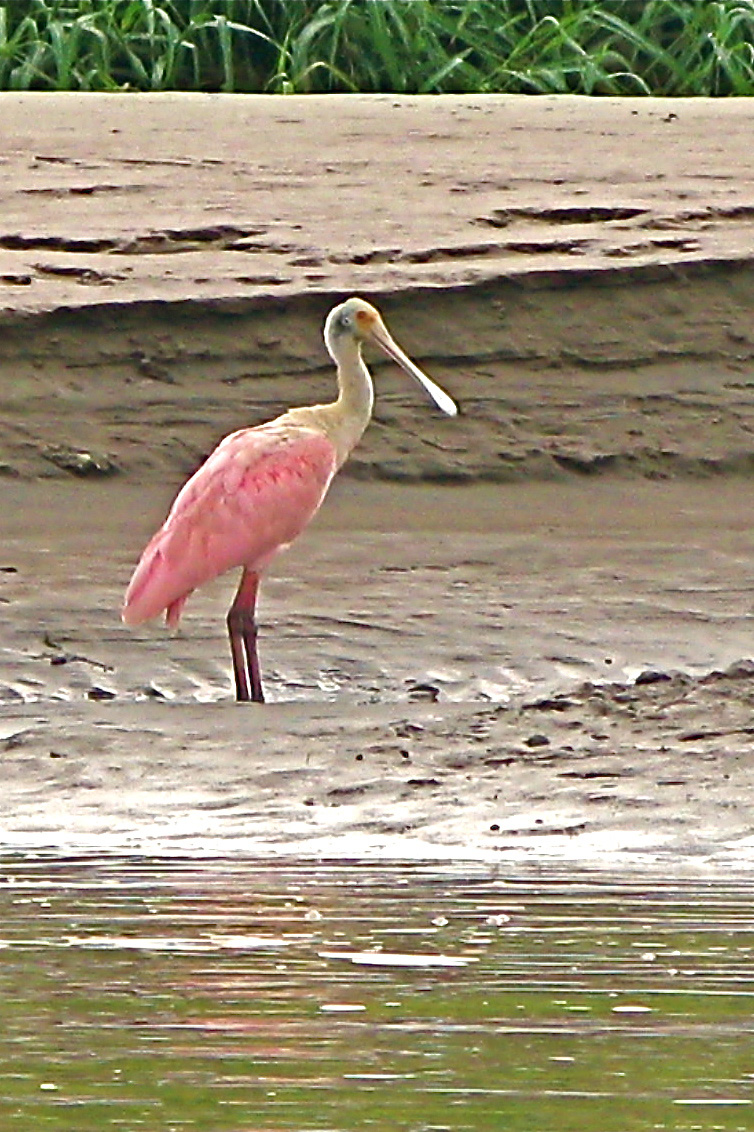
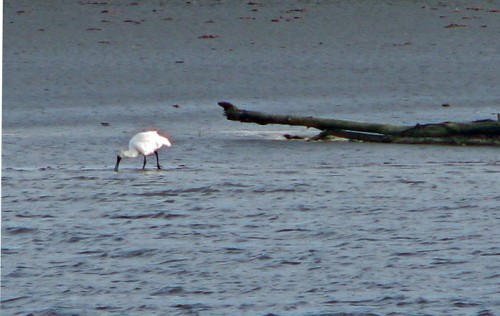
 Allison does not consider herself a wildlife artist,
but an observer who takes notes in clay.
Allison does not consider herself a wildlife artist,
but an observer who takes notes in clay.
